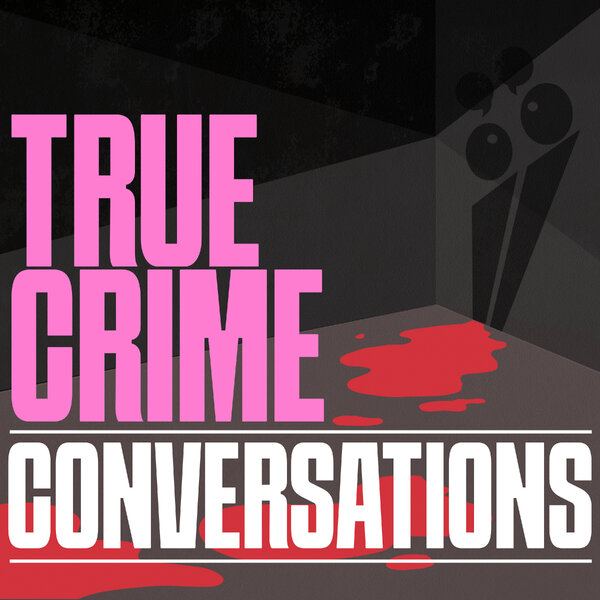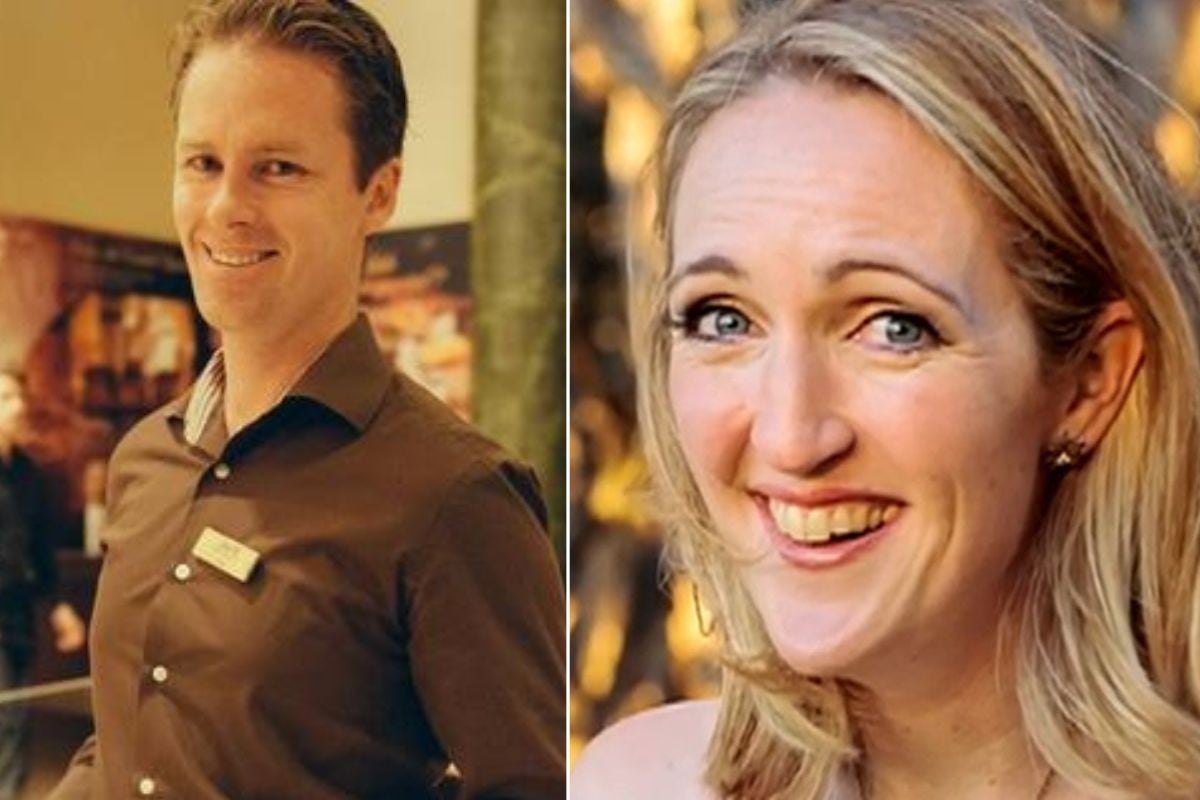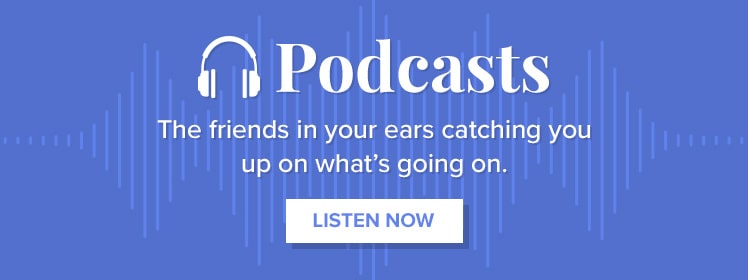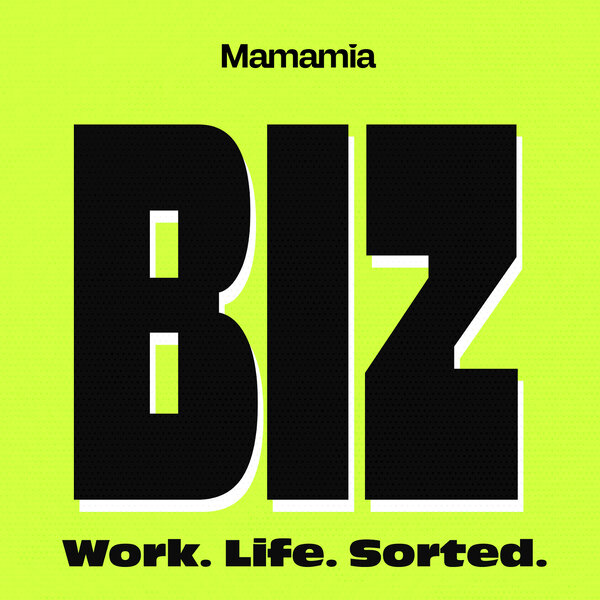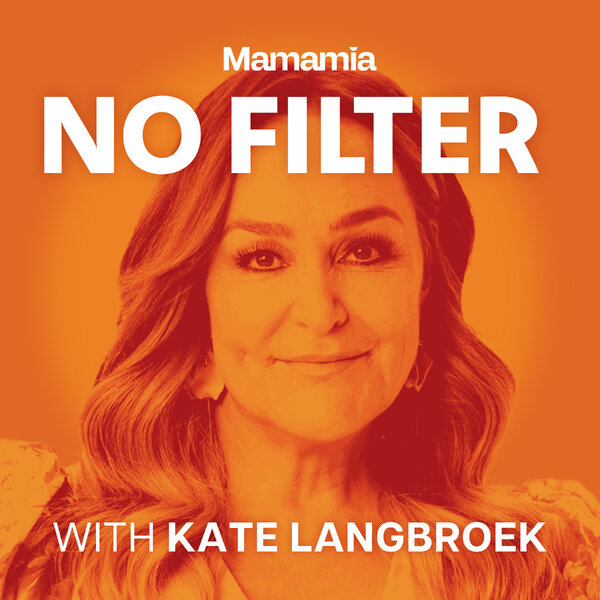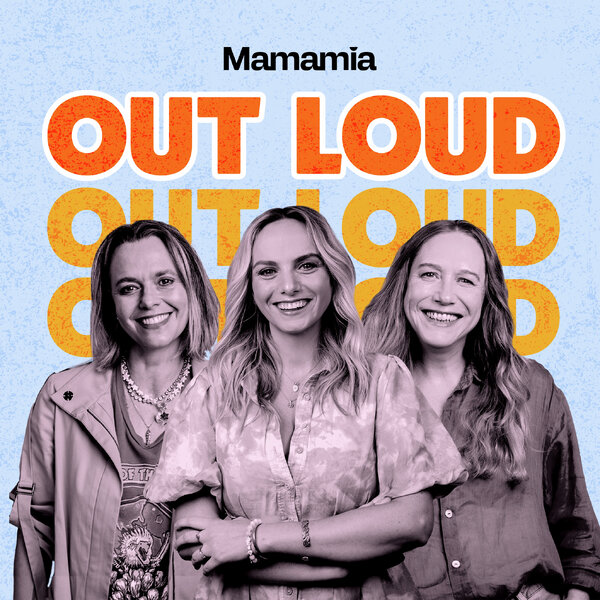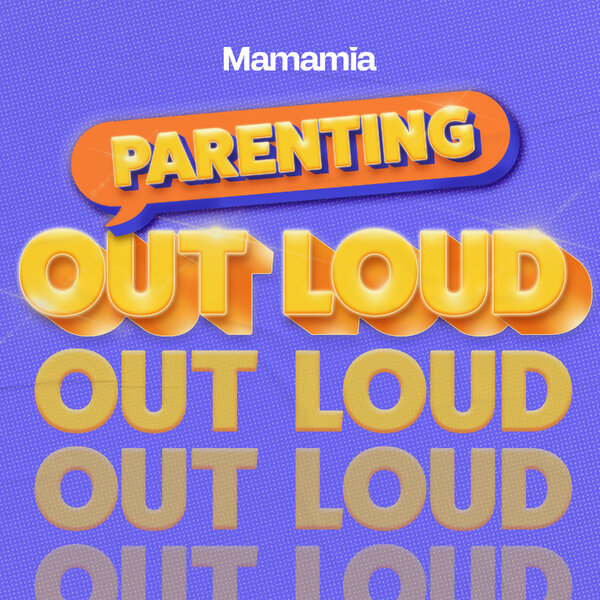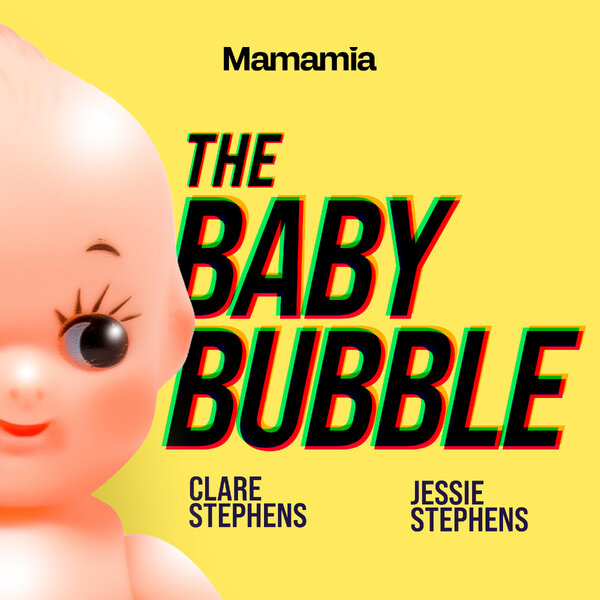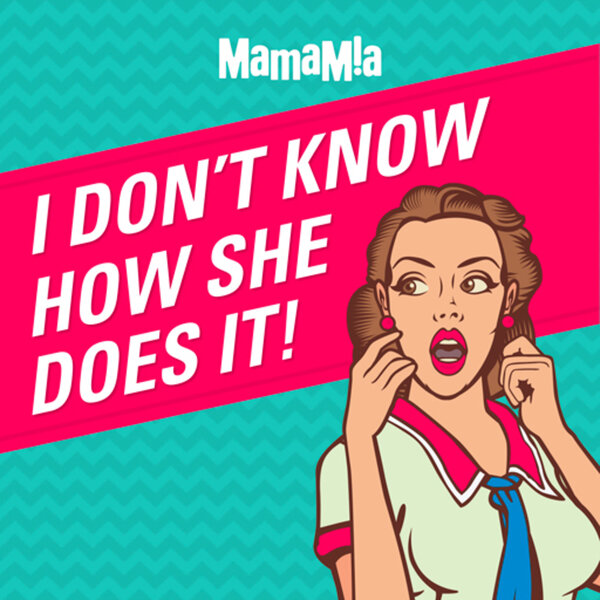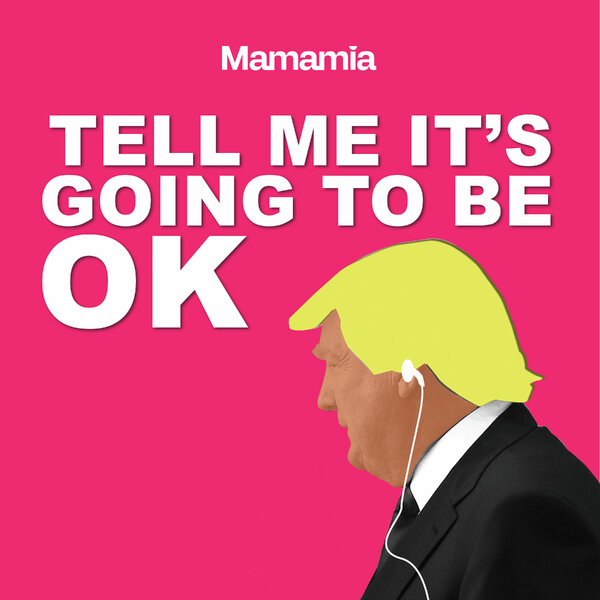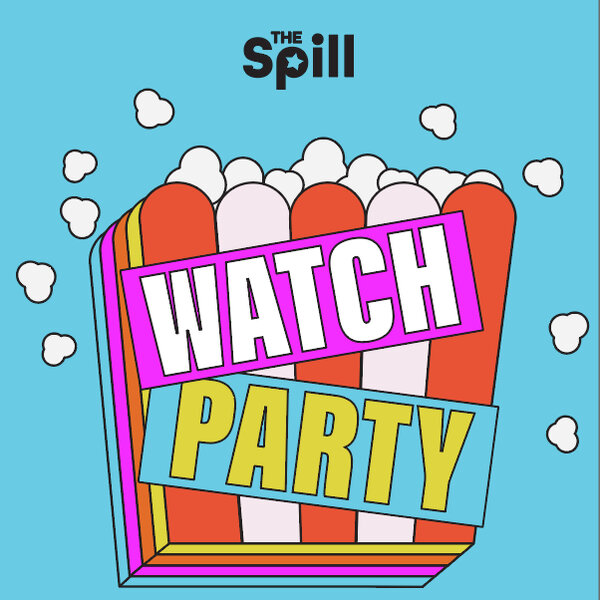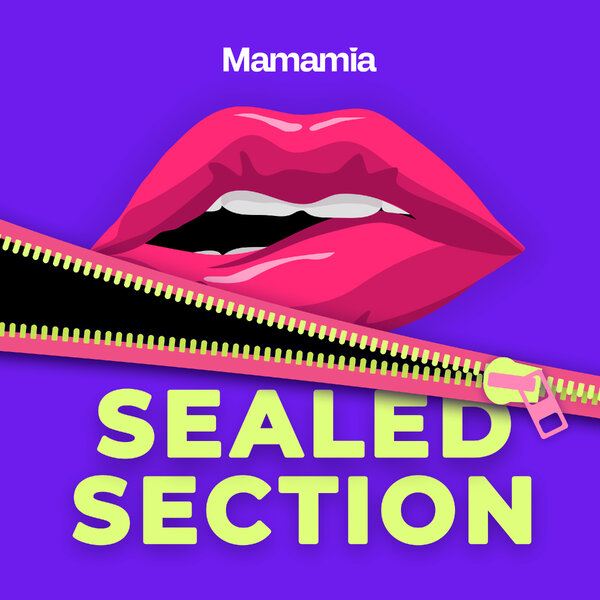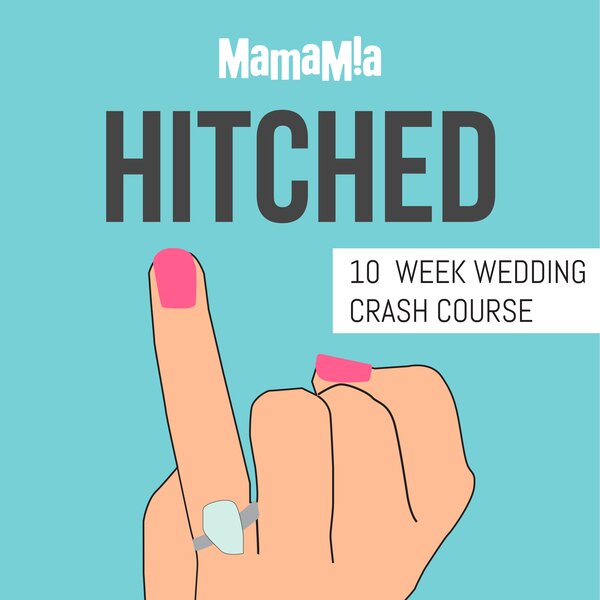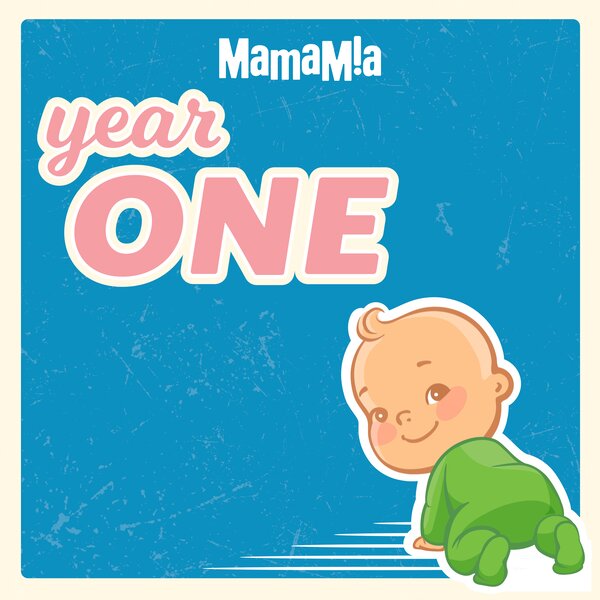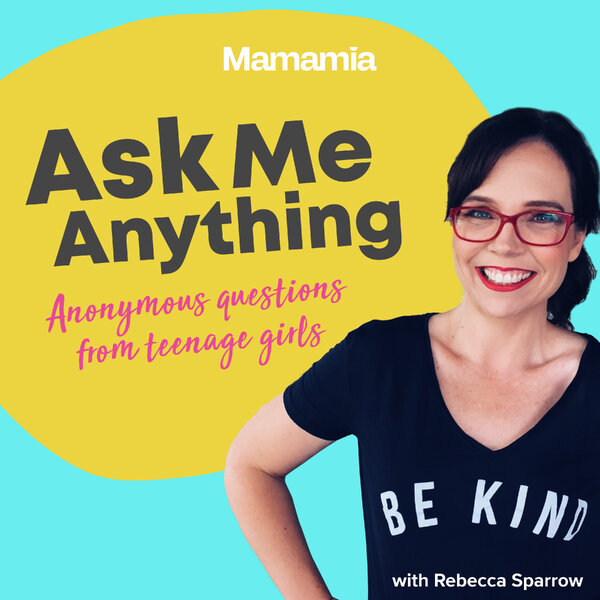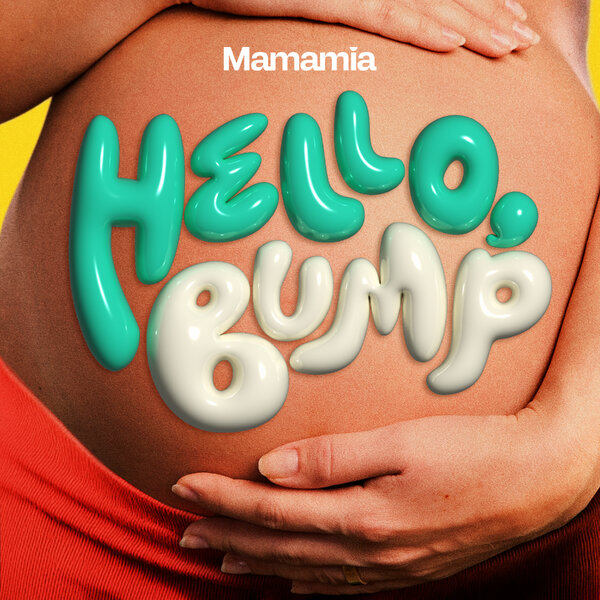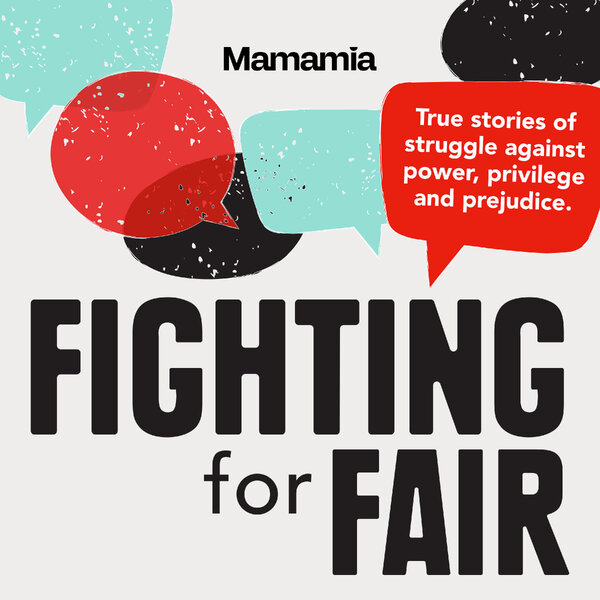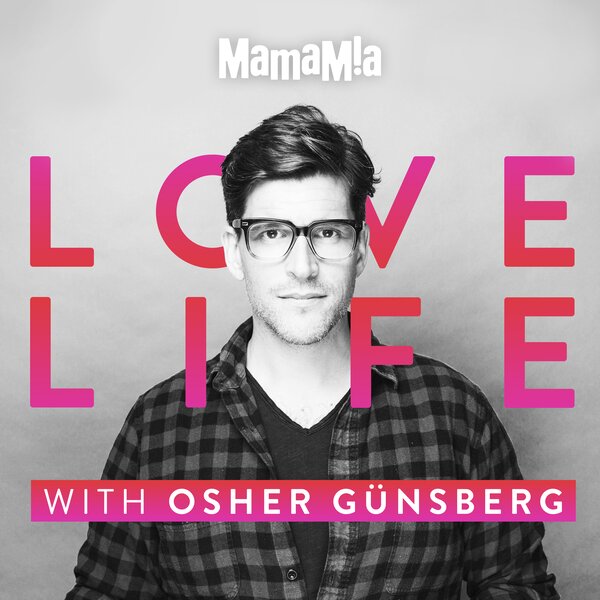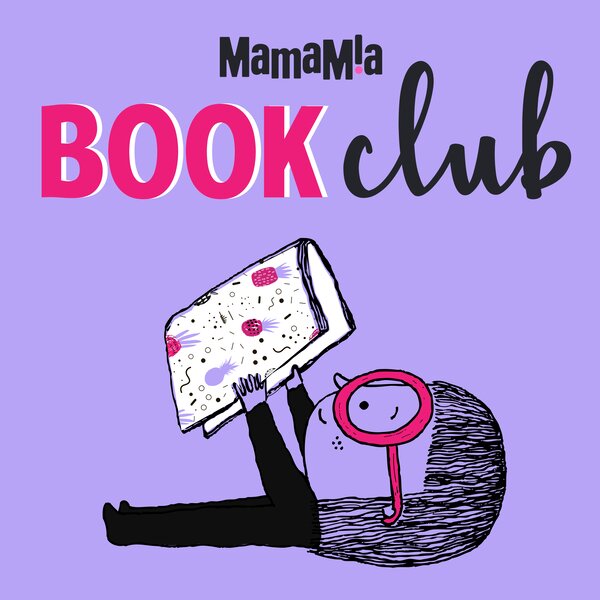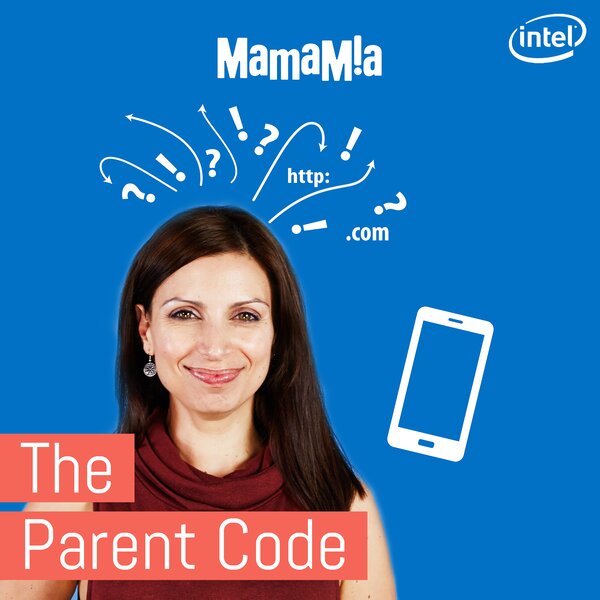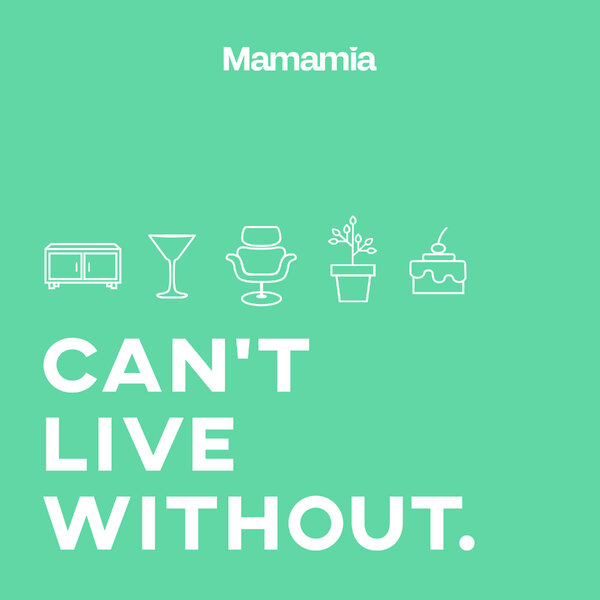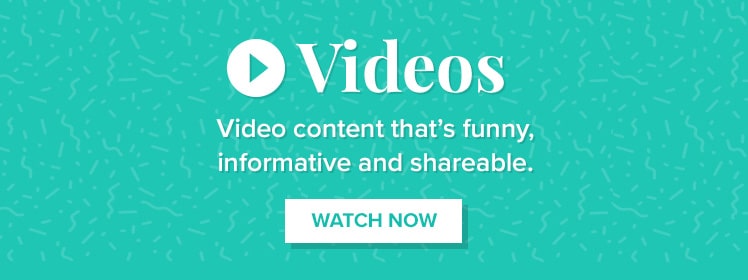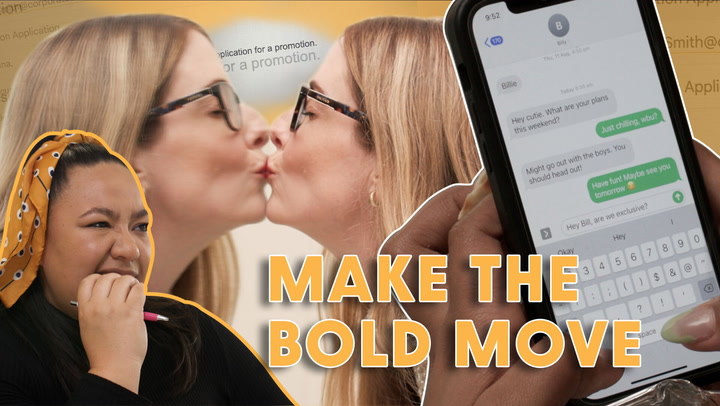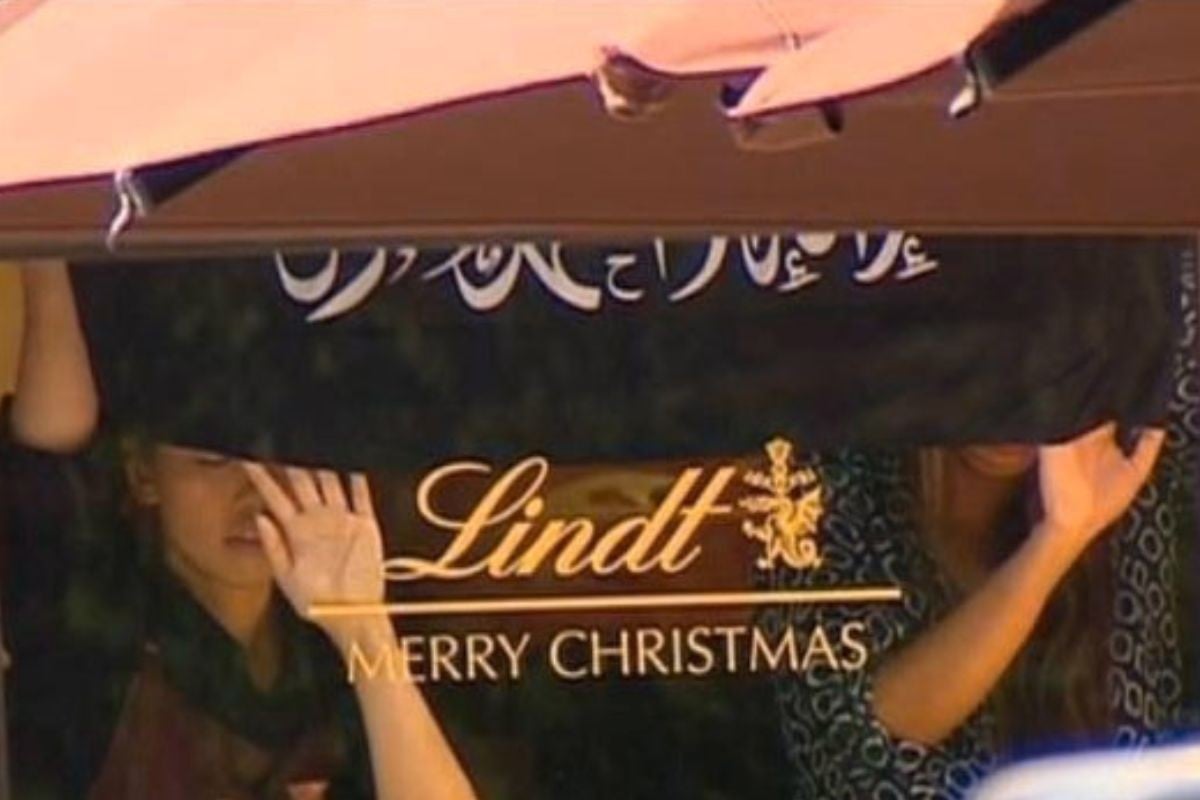
10 years ago this week, as the countdown to Christmas and the summer holidays was in full swing, a chocolate café in the heart of Sydney was held hostage by a man with a gun for 16 hours.
The Lindt Café siege in Martin Place, Sydney, in 2014, changed the face of our city, and thankfully a lot of police and government processes and laws in its wake.
What happened that day and night, isn't just etched into the memories of the hostages who survived. It also haunts their family members, particularly those of the two victims we lost, Tori Johnson and Katrina Dawson.
LISTEN: The Lindt Café siege, 10 years on. Post continues after podcast.
In the years since, we've heard from one of the Tactical Operations Unit operatives, Ben Besant — the man who shot the terrorist dead, and who legally we've only been able to name in recent weeks — and former sniper Mark Davidson, who holds a lot of guilt for not shooting earlier. It's a day and night that continues to weigh heavily on them, too.
No doubt it also had an effect on the dozens of other police, paramedics, negotiators, psychologists and journalists who worked alongside and amongst the terror.
I was one of those journalists. I was only 23 at the time — a newsreader at 2GB, one of the biggest radio stations in the country, and one of the stations Man Haron Monis was relying on for updates while keeping his hostages contained.
I read the news every hour, on the hour, into the early hours of the morning as the siege ended in a blaze of gunfire and the deaths of both Monis and two of his remaining hostages.
